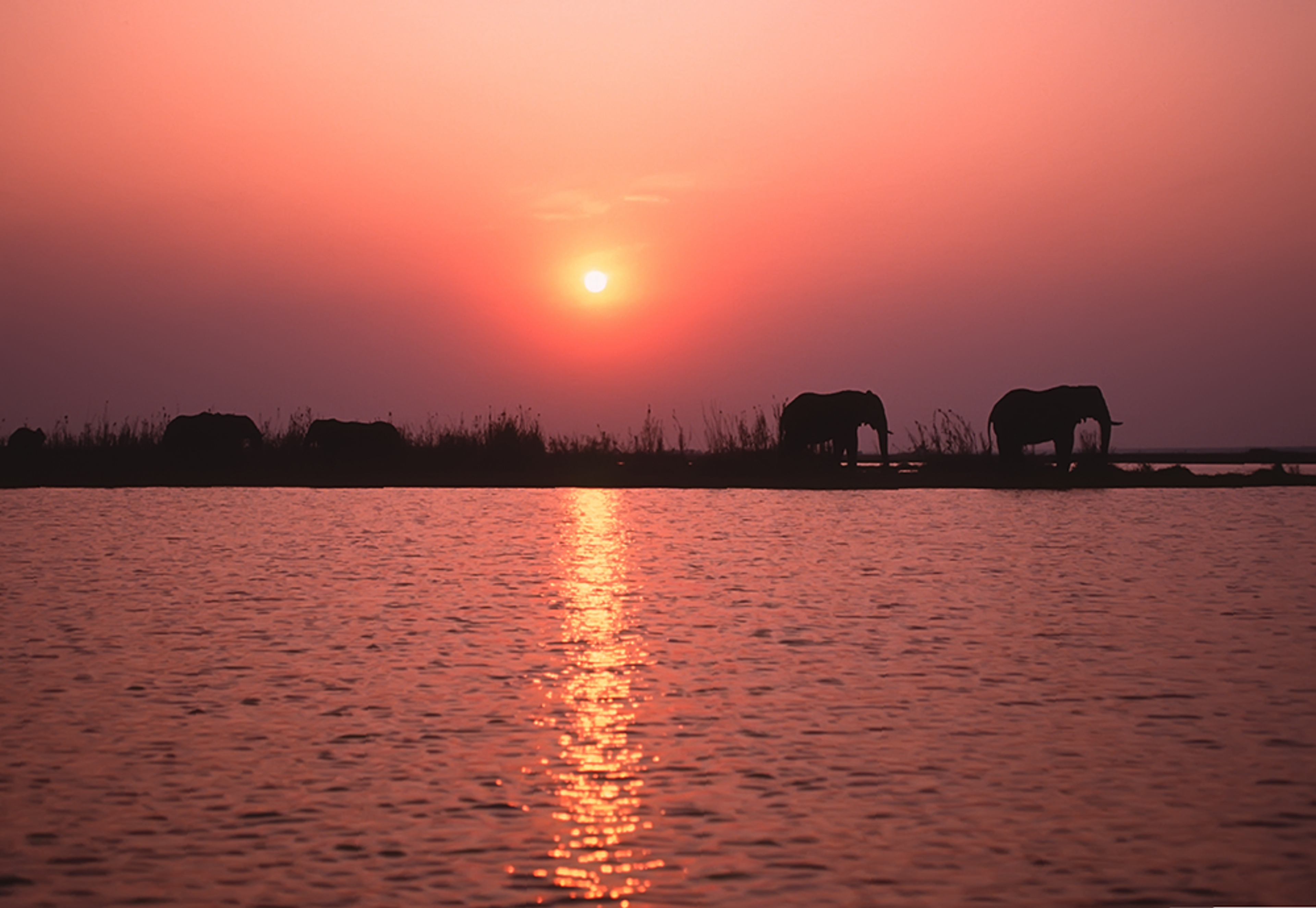Imagine an ancient landscape where a vast lake shimmers under the African sun, one where vibrant cultures weave a tapestry of languages, history and traditions. This, my friends, is Zimbabwe – a complicated, beautiful country I am so proud to call home.
Beyond the headlines, there is a Zimbabwe waiting to be discovered. Of the many stories, historical occur, and landscapes we could delve into, this exploration will answer the question: what is Zimbabwe known for?
Lake Kariba
Growing up on a farm in Zimbabwe, Lake Kariba was my weekend playground as a child. I water-skied across its crocodile-infested surface from the age of eight and spent many nights aboard my dad’s fishing boat during the brutal years of the war, wondering if we would survive until morning. Memories of times spent on this expanse of water, which is tainted with a horrific history, would stay in the back of my mind as a key truth about my place in the world long after I’d grown up and moved away from not only Zimbabwe, but from Africa.
Today, one could easily forget that Lake Kariba in Zimbabwe was made by humans. Herds of buffalo and elephants graze on her emerald banks. At night, the lake turns ink black, her velvety surface sequined with reflections of stars. But before nightfall comes sunset.
I’ve probably seen the widest variety of southern African sunsets of anyone I know, from Cape Town to Kenya. All are different, but the riot of color that streaks the sky at Kariba, transforming the lake into a mirror of pink and then purple, is so astonishing it feels almost psychedelic.
It silences and stills you, too magnificent for words or gestures. And yet, amidst such beauty, lies a subconscious feeling that this vast African lake shouldn't quite be there. And it shouldn’t be…
From river to dam: How Lake Kariba was formed
Before the late 1950s, there was no lake Kariba in Africa, only the Kariba Gorge, through which the mighty Zambezi River flowed. The decision to dam the river held the promise of hydroelectricity for Zambia and Zimbabwe, two countries that badly needed it.
Yet, the consequences for wildlife and the BaTonga people who had lived and farmed the valley for centuries were catastrophic. At a staggering human cost, 57,000 BaTonga living in 193 villages were forcibly uprooted from their ancestral homes to new, undesirable land on higher ground. These people, who had lived, fished, and farmed throughout the Gwembe Valley for centuries, strongly advocated against the dam’s construction.






